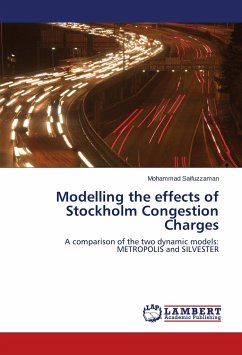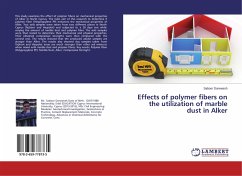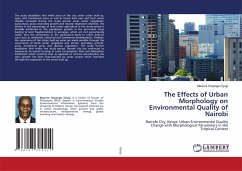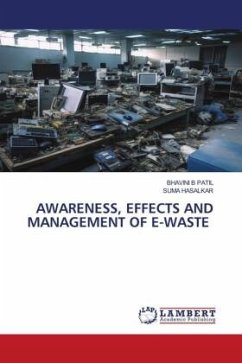
Modelling the effects of Stockholm Congestion Charges
A comparison of the two dynamic models: METROPOLIS and SILVESTER
Versandkostenfrei!
Versandfertig in 6-10 Tagen
32,99 €
inkl. MwSt.

PAYBACK Punkte
16 °P sammeln!
Congestion charging has drawn considerable attention of transport analysts and policymakers as a mean of relieving urban traffic congestion. A European project SILVERPOLIS has been introduced in this connection to describe state of practice in modelling the effects of congestion charging and to identify features of transport models that are crucial for reliable forecasting of the impacts of congestion charging. This research is a part of that project, where Stockholm congestion charging scheme has been analysed using two different types of dynamic simulators: METROPOLIS and SILVESTER. Both are...
Congestion charging has drawn considerable attention of transport analysts and policymakers as a mean of relieving urban traffic congestion. A European project SILVERPOLIS has been introduced in this connection to describe state of practice in modelling the effects of congestion charging and to identify features of transport models that are crucial for reliable forecasting of the impacts of congestion charging. This research is a part of that project, where Stockholm congestion charging scheme has been analysed using two different types of dynamic simulators: METROPOLIS and SILVESTER. Both are mesoscopic dynamic models involving modal split and departure time choice, calibrated for the Stockholm baseline situation without charges and applied for modelling the effects of congestion charging. The result of simulation suggests that, both the models manage well to forecast the consequences of congestion charging for Stockholm. The different modelling features and assumptions have been described for each model. Despite the fact that the two models vary a lot in their assumptions and modelling style, both of them has proved to be good at describing the effects of congestion charging.












